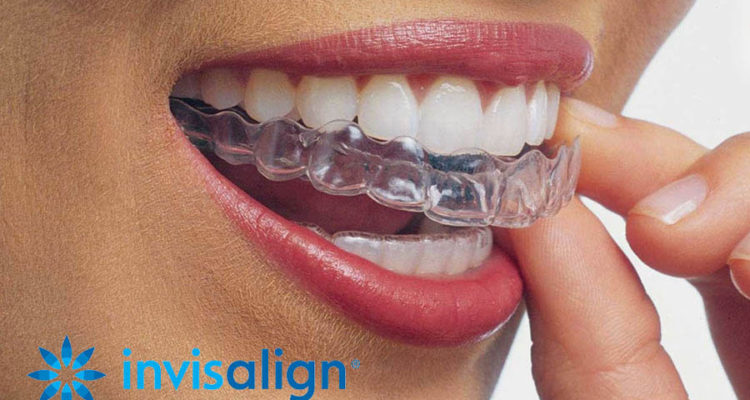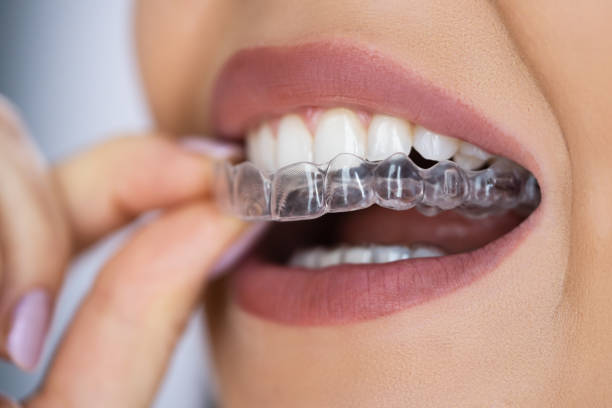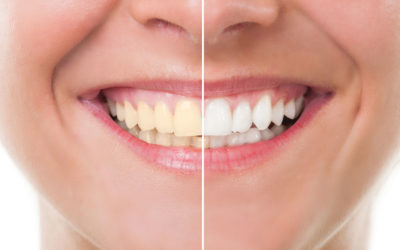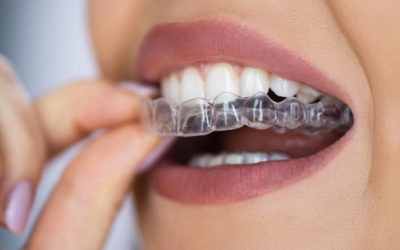
Invisalign vs. conventional braces: which is right for you?
Are you considering aligning your teeth, but not sure whether to opt for Invisalign or conventional braces? Both alternatives have their advantages and disadvantages, and choosing the best option depends on various factors such as the patient's age, the type of correction required and, of course, personal preferences. This article will delve into a detailed comparison to help you make an informed decision.
What is Invisalign?
Invisalign is a modern method of orthodontics that uses clear aligners to correct dental problems. Unlike traditional fixed braces, these removable aligners are virtually invisible, making them very popular with aesthetically-conscious adults and teenagers.
Transparent aligners are custom-made to fit the patient's dentition perfectly. They should be worn for around 20-22 hours a day, and replaced every two weeks to gradually adjust the position of the teeth.
Advantages of transparent aligners
Here are some of the main advantages of Invisalign:
- Aesthetics: Invisalign aligners are almost invisible, which is ideal for those who don't want to display metal when they smile.
- Comfort: Made from smooth plastic, these aligners are much more comfortable than metal brackets, which can irritate the gums and inner cheeks.
- Removability: The aligners can be removed for eating, drinking, brushing and flossing, facilitating good oral hygiene.
Limitations of transparent aligners
Despite their many advantages, Invisalign aligners also have a few disadvantages:
- Discipline: Successful treatment relies heavily on patient cooperation. Neglecting to wear aligners as recommended can prolong treatment.
- Limited types of correction: Invisalign is not always recommended for severe or complex orthodontic cases. Conventional braces may sometimes be necessary.
- Cost: The price of Invisalign may be higher than that of conventional braces, which should be factored into your decision.
Classic braces: the traditional option
Conventional braces, often made of metal, have been around for decades and have proven their effectiveness in straightening teeth. They consist of metal brackets attached to the teeth and connected by a wire that can be adjusted by the orthodontist.
It's a solution frequently chosen for children and teenagers, although many adults also use it to correct various dental problems.
Advantages of conventional braces
Here are just a few reasons why conventional braces remain a popular alternative:
- Effectiveness: They are extremely effective in treating a wide range of orthodontic problems, including the most complex cases.
- Less discipline required: Once brackets are attached, they operate without the patient needing to be constantly reminded to wear them, unlike removable aligners.
- Affordability: Conventional braces tend to be less expensive than solutions like Invisalign, making orthodontics accessible to more people.

Disadvantages of conventional braces
However, conventional braces also have their disadvantages:
- Aesthetics: Brackets and wires are visible, which can be a nuisance for those who want to look inconspicuous with their braces.
- Comfort: They can cause irritation to the gums and cheeks, sometimes requiring orthodontic wax to relieve discomfort.
- Oral hygiene: Brushing and flossing are more complicated with brackets on the teeth, increasing the risk of cavities and gum disease if hygiene is not rigorous.
For which profile?
The choice between Invisalign and conventional braces depends above all on the patient's individual needs and preferences. Here are some points to consider for each age group:
Children
Most children in need of orthodontic treatment start at around 7 years of age. Conventional braces are often preferred for younger children because of their robustness and ability to handle a variety of complex orthodontic problems. What's more, the silver color of brackets can be embellished with colorful elastics, which often appeals to younger children.
Teenagers
Teenagers are generally more conscious of their appearance, making Invisilign an attractive solution thanks to its discretion. However, the need to wear aligners the majority of the time requires a certain discipline that not all teenagers necessarily possess. Regular appointments with the orthodontist to adjust braces, however, offer ongoing supervision of treatment progress.
Adults
For adults, discretion and comfort are often paramount. Invisalign is the preferred choice, thanks to its transparent, removable aligners.
However, it's crucial to note that, depending on the complexity of the orthodontic problem, some adults may still benefit more from conventional braces.
Financial aspects
Another important factor to consider is the financial aspect of orthodontic treatment. As a general rule, treatments with Invisalign tend to be more expensive than those with conventional braces. This is due to the advanced technology used to create the customized aligners, as well as the need to replace these aligners regularly throughout the course of treatment.
While cost may be a barrier for some, it's essential to discuss possible financing options with your orthodontist. Several payment plans differ from practice to practice, and can make Invisalign easier to access even for tighter budgets.
Duration of treatment
The duration of orthodontic treatment varies considerably depending on the individual and the complexity of the dental problem. For simple cases,
Invisalign and conventional braces can achieve tooth alignment in 6 to 18 months.
For more severe conditions, however, conventional braces may be a preferable choice not only in terms of effectiveness but also speed, whereas treatment with Invisalign may require longer periods to achieve similar results.
Despite this, the ability to remove aligners at mealtimes and for daily dental hygiene means that a slightly longer duration could be offset by comfort and ease of use.
Lifestyle considerations
Finally, lifestyle plays an important role in the choice between Invisalign and conventional braces. For people with active social lives, such as those who speak frequently or work in fields where appearance is important, Invisalign offers an undeniable advantage in terms of discretion.
For sportsmen and women, Invisalign can also be advantageous, as there's no iron to injure the mouth, and the aligners can be removed during strenuous activity if necessary. On the other hand, for those who don't want to have to constantly think about their braces and prefer a more "fixed and forgotten" solution, conventional braces may represent a better alternative.
Invisalign vs. conventional braces: get advice at Centre Dentaire Lancy
Make an appointment with Centre Dentaire Lancy for a consultation. Our experts will assess your situation, goals and lifestyle to recommend the best solution for you. We'll be with you every step of the way to a perfect smile.
Discover also the Centre Dentaire Chêne-Bourg and the Centre Dentaire Champel





